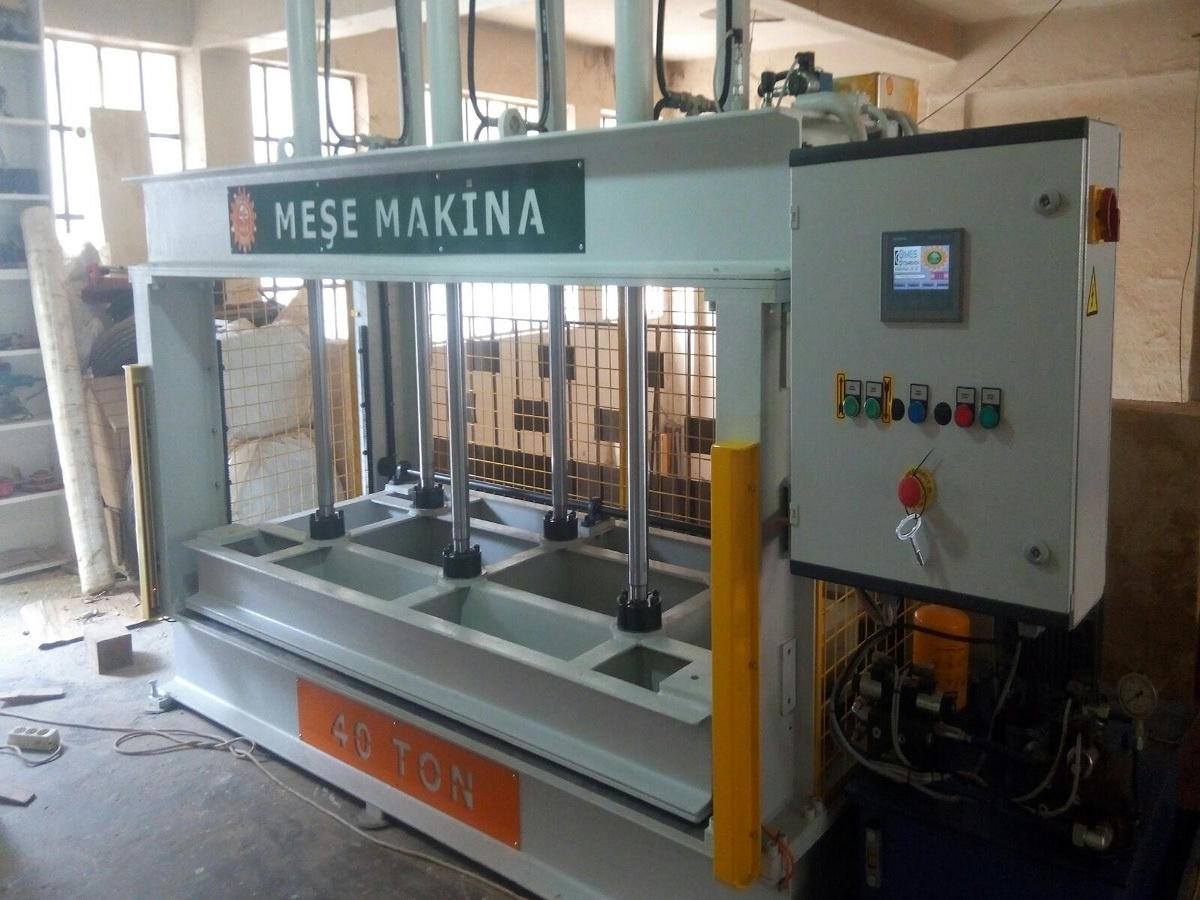Understanding industry standards isn’t just about following a rulebook; it’s about creating a safer, more efficient, and more reliable working environment. Let’s dive in! Understanding Industry Standards: A Guide to Compliance in Industrial Machinery
The Origin of Industry Standards
Emergence of Industrial Standards
It all began with the industrial revolution, a time when rapid industrial growth led to increased need for safety and uniformity. As new machinery sprouted up, so did the dangers associated with their use. Standards were introduced as a solution to these growing pains, bringing some semblance of order to the chaos.

Development Over Time
As technology advanced, so did the complexity of machinery and processes. This progression demanded a more sophisticated approach to standardization, leading to the creation of various standards bodies worldwide. These organizations began to develop comprehensive rules for different industry sectors, thus setting the stage for the standards we see today.
The Essence of Industry Standards
Purpose and Importance
At their core, industry standards serve to establish a level playing field. They set expectations for safety, reliability, and efficiency while promoting fair competition and innovation. Above all, these standards are crucial for protecting workers and consumers from potential hazards.
Common Industry Standards
Different industries have different standards – makes sense, right? In the world of industrial machinery, standards range from safety guidelines to performance criteria. Here are a few prominent ones:
- ISO 9001: Quality Management Systems
- ISO 14001: Environmental Management Systems
- OSHA regulations for machinery safety
- ASTM standards for materials and products
Understanding Compliance in Industrial Machinery
What Does Compliance Mean?
When we say “compliance”, we’re referring to the practice of adhering to industry standards. In the context of industrial machinery, compliance entails ensuring that all machinery and processes align with relevant standards, regulations, and guidelines.
The Steps to Compliance
Now, this isn’t a walk in the park, folks! Compliance requires a well-thought-out process that usually involves:
- Identifying relevant standards
- Conducting a compliance audit
- Addressing non-compliance issues
- Implementing a system for continuous monitoring and improvement
The Challenges of Compliance
Understanding Industry Standards: A Guide to Compliance in Industrial Machinery
For those new to the industry or anyone who hasn’t kept up-to-date, understanding industry standards can feel like decoding hieroglyphics. These standards are often technical, detailed, and accompanied by complex language. Additionally, they frequently change to reflect advancements in technology, making them a moving target.
Keeping Up with Changes
It’s not just about understanding the standards – it’s about staying abreast of changes too. Amendments, revisions, and new standards are constantly being introduced. This constant flux requires organizations to stay vigilant and adapt quickly.
How to Navigate Compliance
Expert Guidance
There’s no harm in asking for help, right? Consulting experts or professionals in the field can provide clarity on industry standards and compliance processes. They can offer insights into current best practices and future trends, helping organizations stay one step ahead.
Leveraging Technology
The digital age isn’t just about streaming shows and social media! It can also help with compliance. Technologies like Compliance Management Systems (CMS) and Artificial Intelligence (AI) can streamline the compliance process, making it easier to monitor and maintain standards adherence.
Understanding Industry Standards: A Guide to Compliance in Industrial Machinery – FAQs
Why are industry standards important?
Industry standards are important because they ensure safety, reliability, and efficiency. They protect workers and consumers from potential hazards and promote fair competition and innovation.
What is meant by compliance in industrial machinery?
Compliance in industrial machinery refers to adhering to industry standards, regulations, and guidelines. It involves ensuring that all machinery and processes align with relevant standards.
What are some common standards in the industrial machinery sector?
Common standards in the industrial machinery sector include ISO 9001 (Quality Management Systems), ISO 14001 (Environmental Management Systems), OSHA regulations for machinery safety, and ASTM standards for materials and products.
How can I ensure compliance in my organization?
Ensuring compliance involves identifying relevant standards, conducting a compliance audit, addressing non-compliance issues, and implementing a system for continuous monitoring and improvement. Consulting experts or leveraging technology like CMS or AI can also be beneficial.
Why is compliance challenging?
Compliance is challenging because industry standards are often technical, detailed, and constantly changing. Organizations need to stay updated with amendments, revisions, and new standards while understanding and implementing them effectively.
What role does technology play in compliance?
Technology plays a significant role in compliance. Tools like Compliance Management Systems (CMS) and AI can help streamline the compliance process, making it easier to monitor and maintain standards adherence.
Conclusion
Understanding industry standards and compliance in industrial machinery may seem daunting, but it’s a necessary undertaking. Through proactive effort, expert consultation, and leveraging technology, organizations can successfully navigate the winding road of compliance. After all, the journey of a thousand miles begins with a single step, doesn’t it?


Leave A Comment